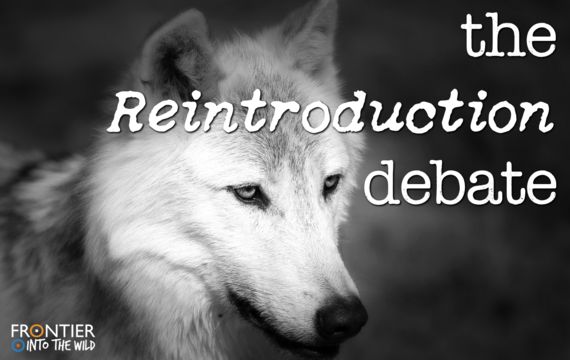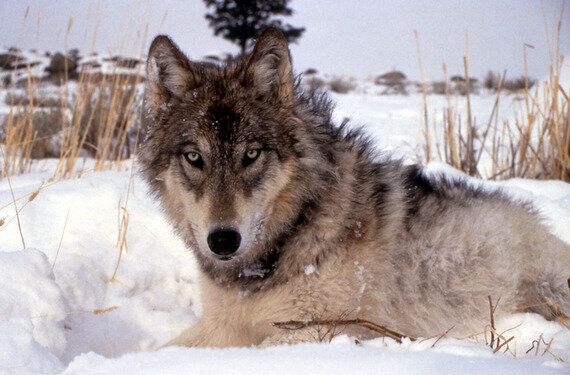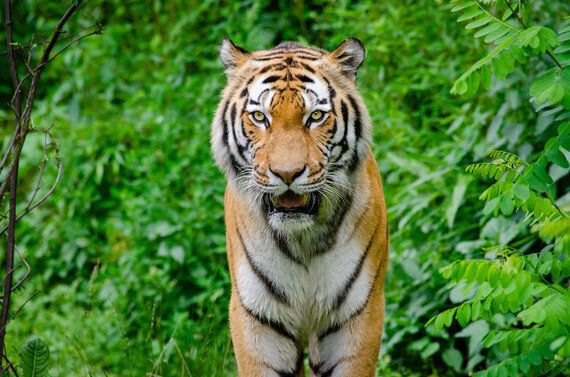
In the past, if a species became locally extinct in a country, it stayed that way. Now, with new technologies and a deeper understanding of animals' ecological needs, reintroductions of certain species are becoming more and more common. Here we explore the processes involved in reintroducing animals to their historic ranges and look into the controversy surrounding certain projects.
Successful reintroductions
The general, the unofficial definition of a successful reintroduction project is a project that results in a self-sufficient population of the species that is able to support itself without further human help. Worldwide many successful reintroductions have taken place including the rewilding of red kites to England and Scotland. This bird of prey became locally extinct before 1900; however, efforts to reintroduce the species to parts of England and Scotland began in 1989 and since then populations in England have flourished, with large numbers inhabiting the Chilterns, as well as other areas.

Another example of a successful project is the reintroduction of the Eurasian lynx to Switzerland, where it became locally extinct around 1900. A project to rewild the Eurasian lynx in this country was started in the 1970s and there are currently an estimated 170 adult individuals now living in Switzerland. The lynx has also been proposed for reintroduction to the UK as part of a wider rewilding plan for the country.
The wolf debate
It has been proposed that wolves should be reintroduced to Scotland. It is not known exactly when wolves initially became extinct in the UK, but it is thought to be around 1500-1700. This local extinction was due to excessive hunting as well as habitat loss when many of the forests of Scotland were cleared. This reintroduction has been proposed as the numbers of deer in Scotland are at an 'unsustainable level'. Large populations of deer result in over grazing of the landscape and reduce the amount of suitable habitat available for other animals such as birds and small mammals.
Those in favour of rewilding wolves in Scotland argue that these predators would help to balance the local ecosystems, as well as bring money to the country as tourists will come to see the wolves in their natural habitat. However, there are also those who are against the reintroduction, arguing that wolves pose a threat to livestock and potentially humans. The truth is that wolves mostly try to avoid humans. Some people also argue that this will lead to public resentment and fear of these animals, without education people may see the wolves as mindless killers. People have also argued that these reintroductions may divert attention away from the conservation efforts of species already inhabiting the area, such as the wild cat.

Yellowstone wolves
The reintroduction of grey wolves to Yellowstone national park had some incredibly positive effects on the ecosystem there and is a true example of a reintroduction success story. Wolves were eradicated by over hunting in the area by 1925, this eradication of a top predator caused deer populations to skyrocket, which wiped out vast amounts of vegetation. This is just one of many negative effects that the removal of wolves had on Yellowstone's ecosystem.
Since the wolves were reintroduced to the area in 1995, countless positive ecosystem effects have been observed. The grassland and woodland of the national park began to recover and in turn birds and beavers began to thrive once more. The reintroduction of wolves to this area completely transformed the ecosystem and landscape for the better and is a perfect example of how predators regulate ecosystem stability.
Siberian tigers
Another high profile reintroduction plan involves Siberian tigers being released into Kazakhstan. Plans for Siberian tigers to be reintroduced to Kazakhstan after a 70-year absence from this range have been accepted and it is thought that tigers could be released in the country as early as 2025. Siberian tigers are listed as endangered by the IUCN red list, therefore it is hoped that this reintroduction scheme will augment their numbers by providing more suitable range. Habitat and prey needs to be prepared for these tigers before they can be released, which is why despite having approval, the reintroduction cannot go ahead for a few years.

Reintroductions can be an incredibly successful conservation method but there are many factors to consider before they can go ahead. It seems that the topic of rewilding often divides opinion but it certainly can be successful and beneficial to both the species in question and its habitat.
By Gabrielle Brooks - Online Journalism Intern
Frontier runs conservation, development, teaching and adventure travel projects in over 50 countries worldwide - so join us and explore the world!
